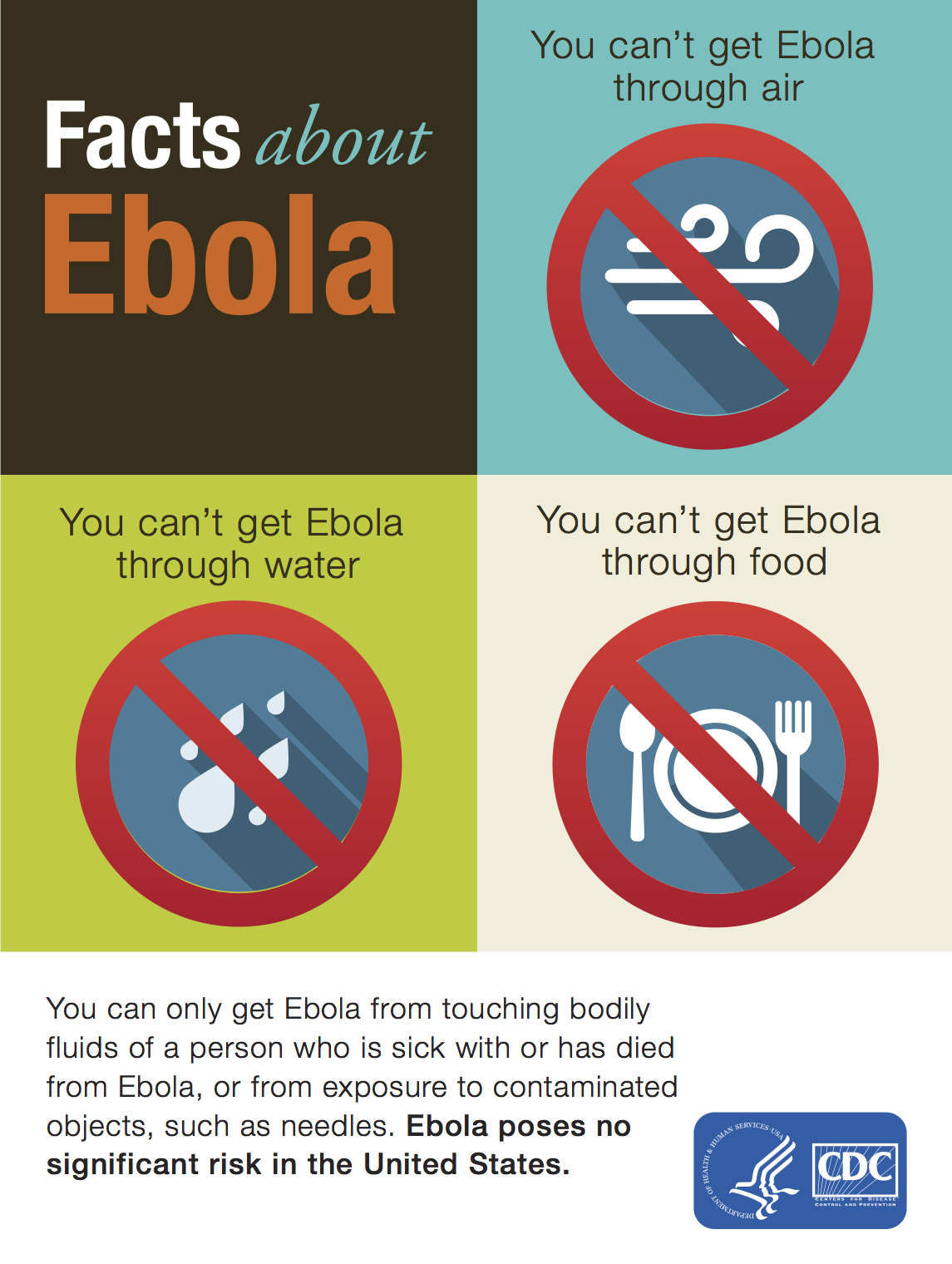The short answer is, probably not very. The two patients suffering from the disease who have been transferred to the U.S., Nancy Writebol and Kent Brantly, have been kept in isolation, and barrier nursing techniques have been used to keep their bodily fluids from infecting any new individuals here in the States.
The fact of the matter is, in order to contract ebola, you have to have been in close contact with an infected individual or the corpse of an individual killed by the disease. Although the disease is highly lethal, with mortality rates close to 90% for the most virulent strains, it is actually fairly difficult to acquire, and the virus does not spread well. Indeed, most outbreaks of ebola end up burning themselves out, because all the individuals who contract the disease are isolated and either succumb or recover without passing the virus to additional patients.
Columbia University "virus hunter" W. Ian Lipkin was interviewed by Bloomberg on the ebola crisis. In the interview, Lipkin comes to the conclusion that the virus "does not spread very easily." Instead, the virus tends to form small clusters of infected individuals, clusters that are quickly contained via quarantine.
The Centers for Disease Control and Prevention (CDC) have released an infographic (at left) to assuage fears of the virus, clarifying that close contact with a victim is required in order for the virus to transmit.
Despite this clear guidance from the CDC, much misinformation abounds about ebola. Alarmist bloggers and conspiracy theorists have seized upon the news of ebola in the U.S. In this piece, with the rather attention-grabbing headline "Ebola – What you're not being told," the author argues that there is a conspiracy to cover up the fact that the virus is airborne, contrary to the guidance from the CDC.
Of course, the argument used in the linkbait piece is intentionally misleading – the author deliberately misunderstands the meaning of "airborne" and argues that since being vomited on or directly coughed on by an ebola patient can transmit the virus, the virus is airborne (presumably because blood specks in a cough or vomitus must travel through the air). Of course, the scientific meaning of the term "airborne" is that it the virus must be able to be carried and maintained in the air over larger distances, with small or no droplets of moisture to support it. The types of transmission discussed in the piece do not meet this definition.
Let's take an example scenario to see the difference:
An ebola patient is on an airplane. He or she coughs blood into a vomit bag, feels generally ill, and eventually exits the plane before collapsing and requiring medical care at his destination. Now, if the virus were airborne, we might expect many individuals on the plane to sicken, because they were trapped in proximity to the patient for the duration of their flight. However, this does not occur. Instead, we might expect the flight attendant to sicken if he is exposed to the vomit bag containing the patient's blood, as this is a potential route of transmission for the virus. The virus is not airborne.
Fortunately, we have the internet to provide us with handy flow charts to fully appreciate the risk from ebola in the U.S. (Link not safe for work due to language)
That about sums it up.
Update: Having activated the CDC U.S. Emergency Operations Center, CDC director Thomas Frieden has pointed out that there is a chance those who have traveled to areas where the ebola epidemic has struck might take the virus back to the U.S., and potentially introduce it to medical staff and household members. However, Freiden remains confident “there will not be a large Ebola outbreak in the United States."





